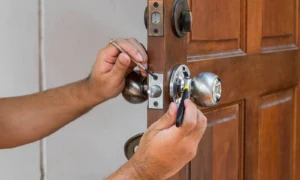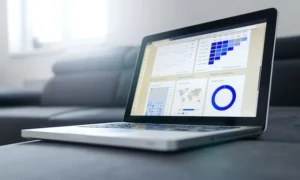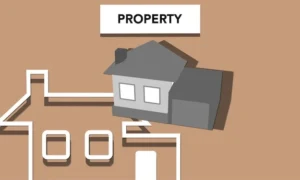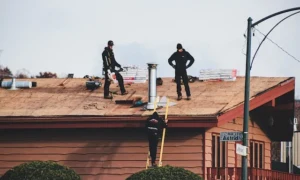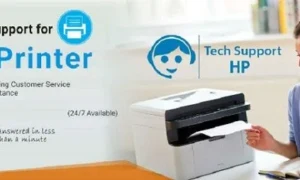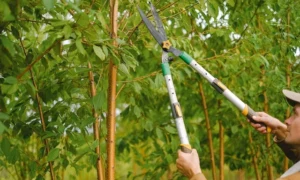Today’s eco-friendly market values achieving zero waste. Environmental goals align with key business advantages. Many technologies make this possible. Briquetting emerges as a particularly effective solution among these options.
This process compacts waste into clean, compact briquettes. It offers businesses a way to cut waste volume, reuse by-products, and even make money. This post will explore how adding briquetting to your operations can push your business to its goal of zero waste.
Understanding Briquetting
Briquetting is a mechanical process that compresses loose materials into uniform blocks. Common materials for briquetting include wood chips, metal shavings, paper, and biomass residues.
The process uses high pressure to squish the waste. This process operates effectively with or without the use of binders. The choice depends on the material’s properties. Briquetting machines can be tailored to the size and scale of the operations.
They range from small, manual systems to large, industrial machines. These substantial machines can process large volumes of waste per hour.
The Role of Briquetting in Waste Management
Briquetting is key in waste management. It cuts the volume of waste. This cut in volume reduces the need for storage space. It also cuts transportation costs.
For instance, sawdust and wood chips are bulky and hard to move. But, you can compress them into briquettes. This makes them easier to manage and cheaper to move. Additionally, waste compaction transforms these waste products into a more manageable, marketable product.
This change aligns with the principles of a circular economy. There, waste from one process becomes the input for another. This process minimizes waste.
Economic Benefits of Briquetting for Businesses
The economic implications of briquetting are compelling. By turning waste into briquettes, businesses can cut the costs of waste disposal. You can sell the briquettes as a fuel source.
They can also be raw material for other industrial processes. This creates extra revenue. For example, a furniture maker can use wood waste to cut disposal costs.
They can also use it to make briquettes. They sell these to local energy plants or use them to fuel boilers or heaters.
Environmental Advantages
Environmentally, briquetting offers substantial benefits. Using less landfills reduces methane emissions. This matters because methane is a potent greenhouse gas. Briquettes also burn cleaner than the raw materials they replace.
For example, briquettes made from biomass are a much cleaner energy source than coal. They emit fewer pollutants and particulates when burned. These benefits help a company meet sustainability goals.
They also improve its image as a responsible business. This attracts customers who value environmental stewardship.
Overcoming Challenges with Briquetting
Despite its benefits, some businesses may face challenges in using briquetting. These include the need for capital and technical expertise.
To overcome these barriers, businesses can seek government grants or subsidies. These are available for adopting green technologies.
Additionally, forming partnerships with technology providers. They can offer training and support. This help ensure the successful integration of briquetting operations.
Case Studies
Several businesses have successfully implemented biomass compression systems. For instance, a large paper manufacturing company used briquetting to handle paper waste.
In doing so, they reduce their waste volume by 40%. They also created a new product line. They sell paper briquettes as fuel.
Another example is a metal fabrication company. They used briquetting to process metal shavings. The company cut hazardous waste.
It also recouped its investment within a year. It did so from selling metal briquettes.
Conclusion
Businesses look to sustainable practices more and more. They do this to boost their market standing and efficiency. Technologies like briquetting offer a viable path to zero waste.
By adding briquetting to waste management, businesses can cut waste. They can also make money and help the environment. You may be a small local producer or a large manufacturing firm.
Assessing briquetting’s potential could be a significant step for you. It could move you towards sustainability.



